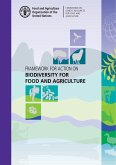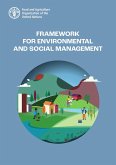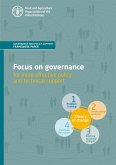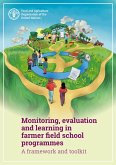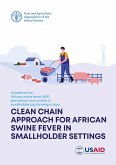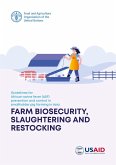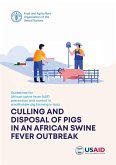This RVF Action Framework is intended to provide decision makers with guidance on the best course of action to take in response to an RVF outbreak or the risk of an outbreak, and help them develop a national action plan for this response. A coordinated One Health approach that brings together the public, animal and environmental health sectors is recommended, as is a risk-based approach that uses risk assessment and mapping to determine the appropriate measures to be taken and the locations where they are required.
A country's RVF response can be best broken down into the four phases of the epidemiological cycle: the inter-epidemic, pre-epidemic, epidemic and post-epidemic periods. Surveillance, risk assessment and capacity building, for instance, are key during the inter-epidemic period, while the focus during the post-epidemic period shifts to mitigating the disease's impact.
Dieser Download kann aus rechtlichen Gründen nur mit Rechnungsadresse in A, B, CY, CZ, D, DK, EW, E, FIN, F, GR, H, IRL, I, LT, L, LR, M, NL, PL, P, R, S, SLO, SK ausgeliefert werden.



